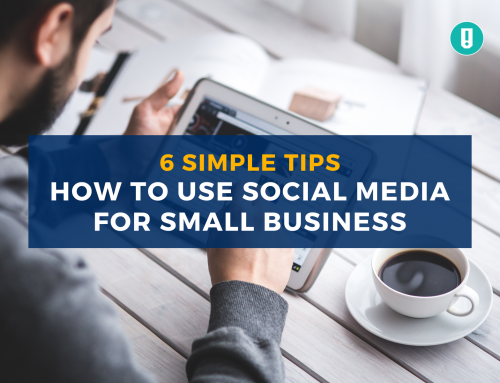An excerpt from “Shipping Nirvana” created by our friends at ShipStation
The real challenge when figuring out your shipping strategy is determining a solution that cuts into your margins as little as possible yet remains attractive to your customers. And this is something you’re going to want to get right. Studies have shown that shipping and handling fees are the number one factor driving shopping cart abandonment. When it comes to pricing your shipping, there are generally three schools of thought.
Option 1: Offer Free Shipping
Offering free shipping—usually just for domestic orders—is a sure-fire way to get your customer’s attention. However, depending on your margins, it can also potentially cut into your profits. That said, the marketing punch that displaying ‘Free Shipping’ on your website provides can be a significant advantage over any competitors that don’t offer the same perk. Deciding to offer free shipping will require you to either absorb the cost or slightly increase your prices to cover it.
You could also try offering free shipping with a minimum order amount or minimum number of items. This should drive up your average order value and help you have more profit dollars to apply the shipping cost against. Determining whether to offer free shipping or require a minimum threshold often comes down to your margins and the niche in which you operate.
If you offer luxury, handmade, or one-of-a-kind items, rolling in an extra percentage for shipping and handling into the cost of your products probably isn’t too much of an issue. However, if you’re in a highly competitive market where both free shipping and the lowest prices are the norm, such as refurbished cell phones, marking up your products to cover shipping costs may not be the best idea. This is where you have to consider either a different option entirely, or absorbing the shipping cost on most of your items.
There are, of course, exceptions. Large or particularly heavy items like full tower PC cases or furniture can cause some problems for your ‘Free Shipping’ promotion. Doing your research and knowing your numbers about things like how much each of your products actually costs to ship, how your competitors handle shipping, and your allowable profit margin can help you make the right decision.
Option 2: Charge What You Get Charged
In some shopping carts, it’s possible to set up real-time shipping quotes; in other words, your customers more or less pay what you pay to ship your products. There are always small discrepancies that can happen, especially if you get contract rates that your shopping cart can’t pull in. Still, in many cases you can end up breaking even between the shipping charges you collect and what you ultimately have to pay to ship the package. Using a real-time calculator like this can win you a lot of trust with your customers. It shows that you aren’t inflating your quoted shipping fees or raising your item prices to cover the charges.
This strategy doesn’t have the same persuasion power that free shipping does, but it’s an easy way to make sure that you’re not reducing your profit from shipping costs, and that your customers are getting the best deal possible. This is also a good option to use for heavy or oversized shipments that you simply cannot or do not want to allow to ship out under a free shipping promotion.
Option 3: Offer Flat Rates
Your third option is to offer a flat rate for every package, or flat rates for weight ranges and order totals. This particular method of charging for shipping requires a bit of preparation as you need to figure out your average cost of shipping a package. This is a best practice you should be doing anyway to make sure that you don’t drastically undercharge or overcharge your customers.
When you hit the right cost, you’ll probably be over—or under—the actual shipping cost by a little, but it should even out in the end. However, there is a particularly important point about the nature of flat rate shipping: you’ll need to do some testing to figure out which flat rate works and if you need to organize them by order totals or weight ranges.
Luckily, USPS & FedEx both offer a few different sizes of flat rates boxes, and if you have particularly small, but heavy objects, taking advantage of the cost savings from cubic shipping prices can help to bring your flat rates into a comfortable range.
Of course, every business is different and only through testing will you find out what works best for you. You’ll need to calculate the statistics on your products and the best ways to ship them to be able to make the most strategic decision possible. Once you settle on an option—or a combination of them—for how you’re going to charge your customers for shipping, it’s always a good idea to go back every few months and re-evaluate your strategy.







Leave A Comment